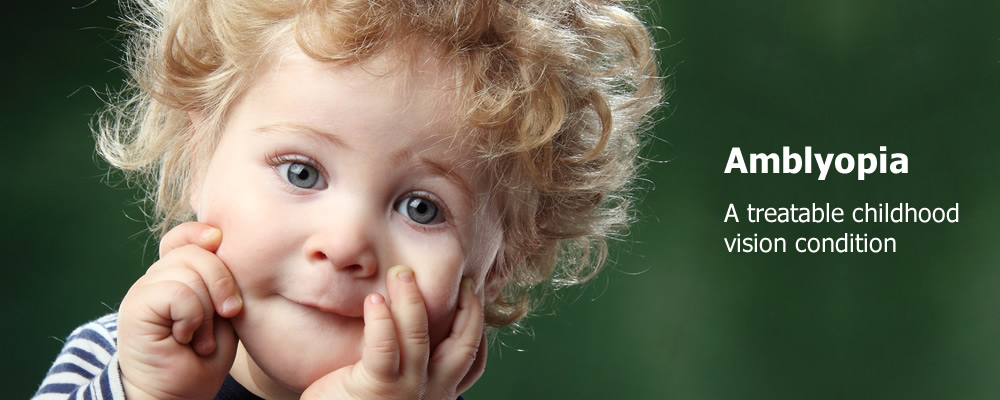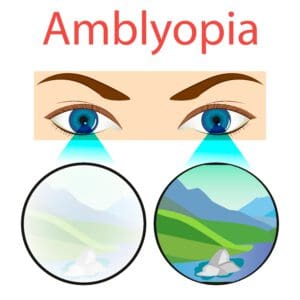What does a person with amblyopia see

In some cases, you may notice that one eye looks different from the other. However, this is usually a sign of another condition that could lead to a lazy eye, such as: a squint — where the weaker eye looks inwards, outwards, upwards or downwards, while the other eye looks forwards short-sightedness myopialong-sightedness hyperopia and astigmatism childhood cataracts — cloudy patches that develop in the lens, which sits behind the iris the coloured part of the eye and pupil If your child is too young to tell you how good their vision is, you can check their eyes by covering each eye with your hand, one at a time.
They might object to covering the good eye, but they might not mind if you cover the lazy eye. If they try to what does a person with amblyopia see your hand away from one eye but not the other, it may be a sign they can see better out of one eye. Signs and symptoms of lazy eye include: An eye that wanders inward or outward Eyes that appear to not work together Poor depth perception Squinting or shutting an eye Head tilting Abnormal results of vision screening tests Sometimes lazy eye is not evident without an eye exam.

When to see a doctor See your child's doctor if you notice his or her eye wandering after the first few weeks of life. A vision check is especially important if there's a family history of crossed eyes, childhood cataracts or other eye conditions.

For all children, a complete eye exam is recommended between ages 3 and 5. A comment to expect as she has never seen in stereo. Took her to the best opthalmologists in the planet. It is a brain problem, by the optic nerve chiasm, inoperable click far as I understood.
What is a squint (strabismus)?
Family history — parent s who have one or more refractive errors Advancing age - presbyopia affects most adults over age 35 Crossed Eyes strabismus Strabismus occurs when the eyes do not line up or they are crossed. One eye, however, usually remains straight at any given time. Common forms of strabismus include: Esotropia — one or both eyes turn inward toward the nose Exotropia — one or both eyes turn out; also called wall-eyed Hypertropia — one or both eyes turn up Hypotropia — one or both eyes turn down If detected early in life, strabismus can be treated and even reversed.
If left untreated strabismus can cause amblyopia. What are the risk factors for strabismus?